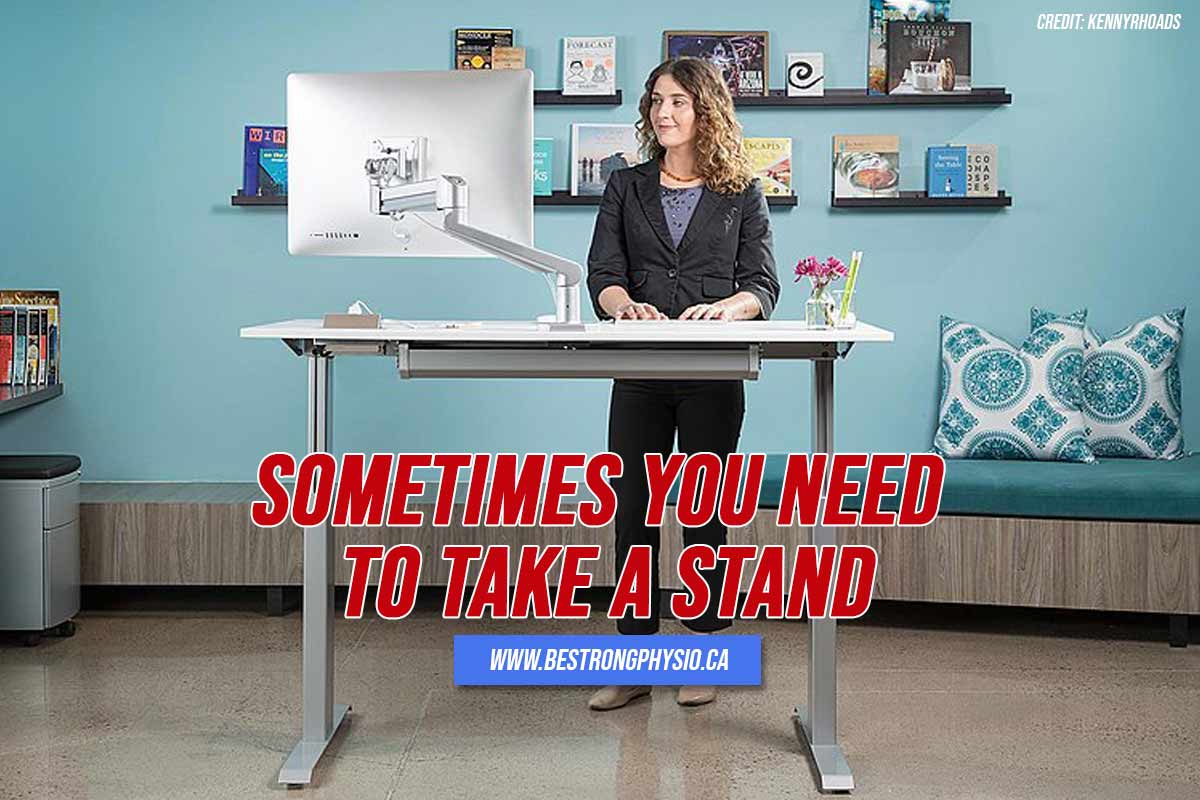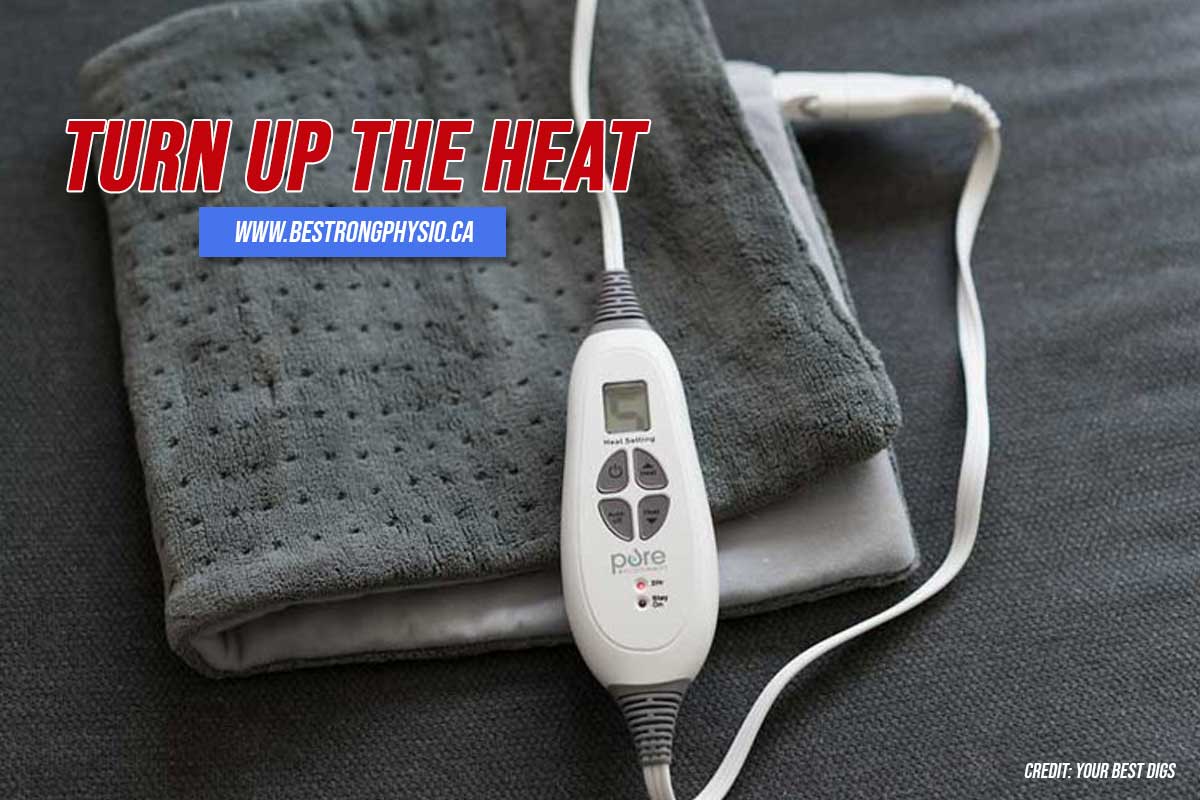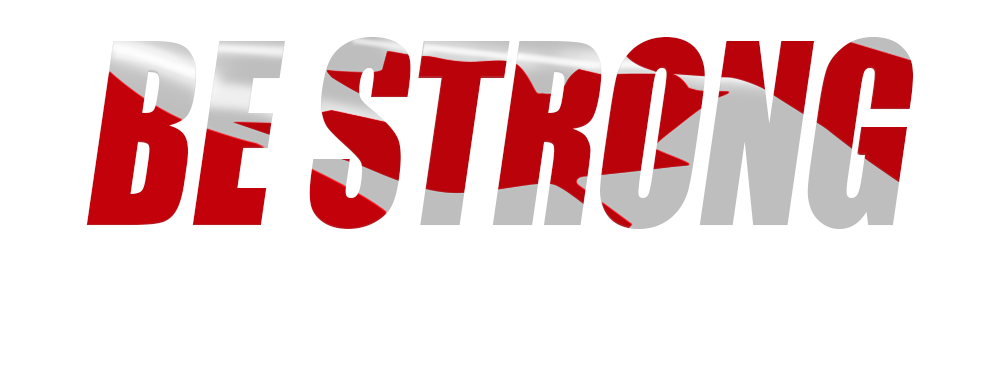How To Reduce Work-Related Pain
Pain has become a global public health issue. As many as 20% of adults have pain-related issues, many of them due to work. Although work that involves hard labour, like construction work, has a wide range of health hazards, desk jobs have their own risks. Working in different jobs from various industries can lead to pain issues, including:
- Repetitive strain injuries (RSI)
- Back pain
- Hernia
- Sprains
- Overuse syndrome
- Carpal tunnel syndrome
- Myofascial pain syndrome
It has become crucial for workers everywhere to take a proactive approach to their health and reduce pain at work.
Common Causes Of Work-Related Pain
A variety of factors can contribute to work-related pain, including:
- Repetitive motion
- Excessive force
- Poor posture
- Poor health habits (e.g. smoking and excessive alcohol intake)
- Lack of rest and recovery time
- Nutrition deficiency
- Lack of exercise
- Lack of hydration
- Stress
- Inactivity
How to Manage Work-Related Pain

- Fix your posture – If your work involves sitting down for long periods, it can take a toll on the muscles of your neck, shoulders, and back. Maintain good posture to help mitigate symptoms of pain.
Sit properly with your back against the chair and both feet flat on the floor. Keep your back healthy. Avoid rounding your lower back and make sure it has proper support so that your head and back do not slump forward. Push your shoulder blades back and raise your chest. Place your head in a neutral position with your ears above your shoulders.
Observe proper posture when lifting heavy objects to avoid injury. Squat instead of bending forward. Lift with your hips and knees, not your back. Hold the object close to your body and not above the shoulder level. - Adopt a more ergonomic setup – An ergonomic work setup can work wonders for chronic pain and other health issues. If you work in an office, this involves finding the right desk and chair as well as adjusting the positions of your computer monitor, mouse, and keyboard.
Make sure the desk and chair height are comfortable and don’t lead you to slouch. If possible, get or request for a standing desk, a sit-to-stand desk, or a desktop converter. A desk converter allows you to elevate your setup temporarily so you can take a break from sitting.
Your monitor should be directly in front of you and at eye level. A monitor placed either too low or too high can strain the muscles in your neck. Place your keyboard so that it allows you to type with your elbows bent at about a 90-degree angle. If you work primarily on a laptop, you may need to use a secondary keyboard to avoid stressing your shoulders and wrists. The mouse should be at the same level as the keyboard. - Stand up – While a desk job may not seem physically demanding, it can lead to a variety of musculoskeletal problems. Sitting in one place too long can be taxing and will, eventually, cause you to slouch. Stand up more often to give your muscles a break. Try to spend a minimum of one hour on your feet as you work. This will be easier with either a standing desk or a desktop converter.
- Take frequent breaks – Staying in the same position for prolonged periodscan cause neck, shoulder, and back pain.
Walk around the office. This can help loosen muscles that are tightening and reduce aches in joints. A good rule of thumb is to take a walk for five minutes every 30 minutes to an hour. If you have chronic pain, take breaks every 15 minutes. You can remind yourself by setting a silent alarm to go off at your desired time.
While this may be seen as counterintuitive to maintaining productivity levels, studies have suggested that those who take frequent breaks and work in sprints are more productive than those who do not. - Use heat or cold packs to relieve pain – Temperature therapy is an excellent way of alleviating different kinds of pain from headaches to muscle pain. Heat and cold packs are both effective. However, you need to apply the right therapy to keep from aggravating the issue.
- Cold – Apply cold packs for sudden and intense pain. After a few hours or days, if the pain persists, switch to heat therapy. This method, however, should not be used on stiff muscles and joints and on those who have poor circulation and sensory disorders.
Below are a few cold remedies for pain:
– Ice packs
– Frozen gel packs
– Cold sprays - Heat – Heat therapy is preferable for long-term aches, persistent stiffness, and chronic pains. However, this method is not advisable for people with diabetes, dermatitis, or deep vein thrombosis.
Below are a few things you can use to relieve pain at work. However, make sure that these are warm and not boiling to avoid injuring your skin.
– Heating pads
– Heat packs
– Hot cloth or towel
– Hot water bottle - Reduce your stress levels – Stress is a natural defence mechanism your body adapts to protect itself from injury. However, it is only meant to be temporary. Chronic stress can strain your muscles, causing pain from headaches to chest pain. Stress also aggravates existing pain conditions like rheumatoid arthritis and migraines.
To cope with pain, eliminate stress from your day-to-day life. If necessary, request for schedule changes and reduced work hours, You should also try to learn how to relax, minimize travel, and get a good night’s sleep.
- Change your diet – Switch to an anti-inflammatory diet to help manage your pain. Inflammation is the body’s natural response to protect itself against disease. However, it can become chronic, causing constant pain. Eating anti-inflammatory foods can help reduce pain caused by inflammation. This includes:
– Food rich in Omega-3 fats (e.g. fish)
– Antioxidant-rich foods (e.g. berries, leafy greens, chocolate, and beans) - Hydrate – Water provides natural pain relief. Water flushes out toxins and allows proper blood circulation, giving your body a fighting chance to heal itself. Proper hydration also lubricates joints, relieving pain from gout or arthritis. It can also minimize lower back pain by providing adequate amounts of fluids to the discs that cushion the vertebrae of your spine. Additionally, drinking enough water can prevent headaches caused by dehydration.



The amount of water you need to drink per day depends on factors including your size, activity levels, temperature and humidity levels, and diet. Those who exercise will need to drink more than those with a more sedentary lifestyle. Those who eat more water-rich foods may not have to drink as much as those who prefer sugary food. Alternatives to water include coconut water, fruit-infused water, electrolyte drinks, and milk.
Follow some — or all — of these tips to maintain a healthy and productive work experience.
If you need help in managing your pain, reach out to Be Strong Physio. We offer physiotherapy and chiropractic care in Toronto, Scarborough, and neighbouring areas. Give us a call at (416) 792-6440.





